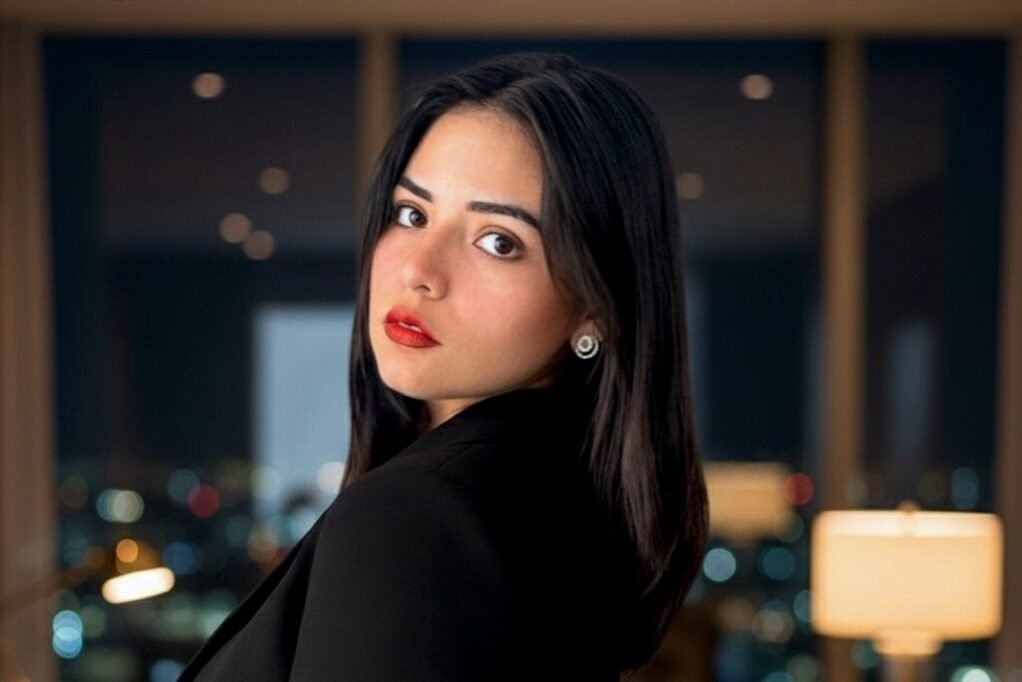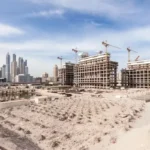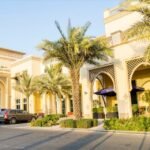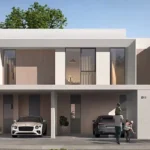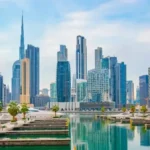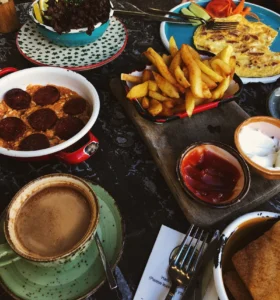Now Reading: DIFC Real Estate: Evolution of Dubai’s Financial Hub
-
01
DIFC Real Estate: Evolution of Dubai’s Financial Hub
DIFC Real Estate: Evolution of Dubai’s Financial Hub
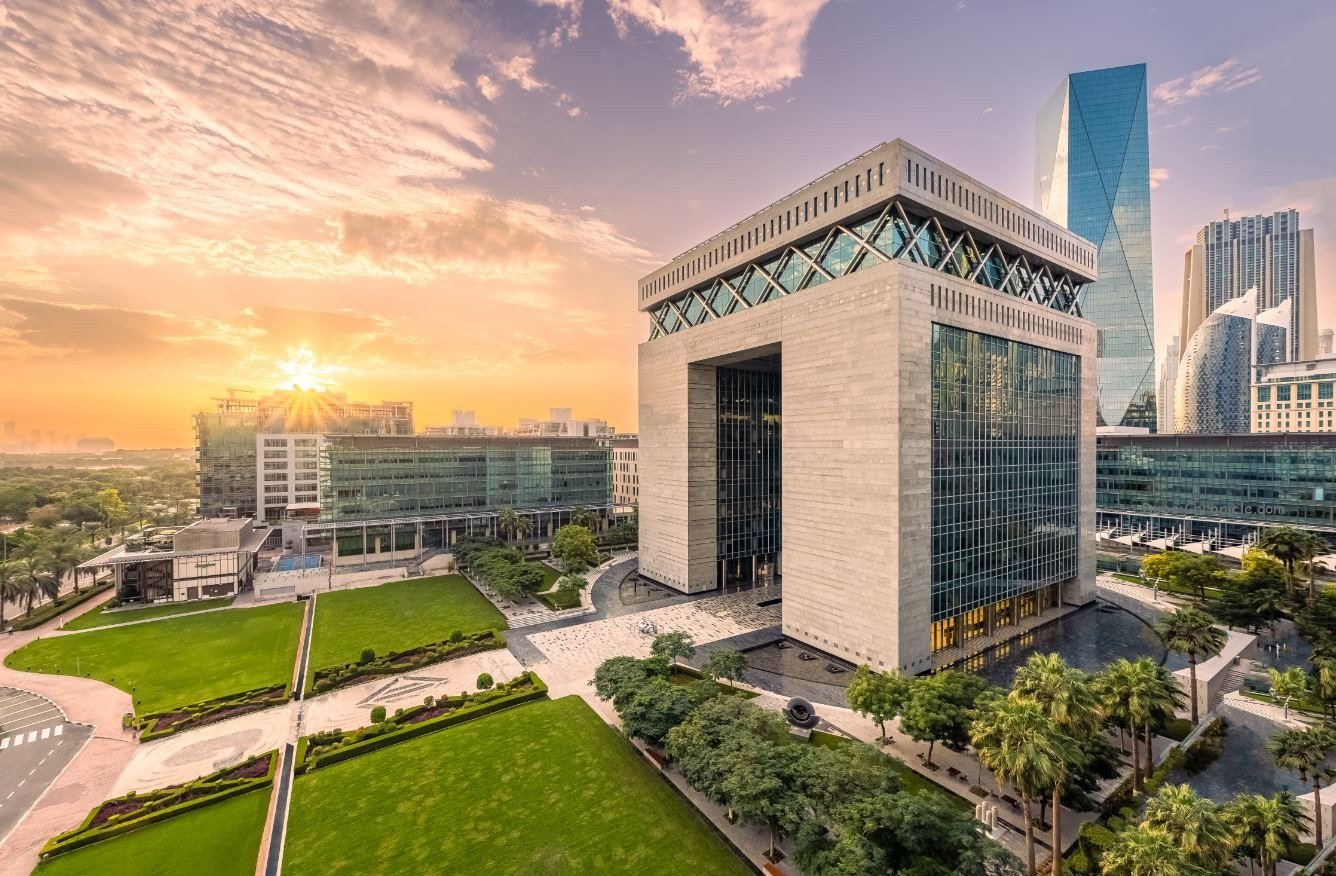
DIFC real estate has transformed dramatically since the early 2000s, evolving from an ambitious financial free zone into one of Dubai’s most prestigious districts for both business and lifestyle. Today, the Dubai International Financial Centre (DIFC) is more than just a hub for banking and finance-it is a thriving community that blends commercial towers, luxury residences, cultural attractions, and fine dining.
Understanding how DIFC real estate has evolved helps investors, businesses, and residents appreciate why it remains one of the most sought-after locations in Dubai.
The Origins of DIFC
Launched in 2004, DIFC was established as a financial free zone to attract international banks, law firms, insurance companies, and investment funds. Its purpose was to strengthen Dubai’s position as a leading financial hub between London and Singapore.
At its core, the vision was clear: create a district with world-class infrastructure, independent regulations, and a tax-friendly environment that would encourage global corporations to set up regional headquarters in Dubai.
Alongside this, DIFC developers began introducing premium real estate projects, offering office towers, residential apartments, and retail spaces that matched the expectations of international investors and professionals.
Early Real Estate Development
In the initial years, DIFC real estate focused heavily on commercial properties. High-rise towers such as The Gate Building and surrounding office blocks became iconic landmarks. These structures symbolized Dubai’s ambition to compete with global financial centers.
As multinational firms started relocating to DIFC, the demand for residential spaces within the district also grew. Developers responded with luxury apartments and serviced residences, catering to executives who wanted to live close to their workplaces.
This early mix of commercial and residential properties laid the foundation for DIFC’s reputation as a self-contained city within a city.
The Shift Towards Mixed-Use Communities
Over the next decade, DIFC real estate underwent a strategic shift from being purely a financial hub to becoming a vibrant mixed-use district. Developers began integrating residential, retail, hospitality, and cultural spaces alongside offices.
Some of the milestones included:
- Luxury Residential Towers: Developments like Central Park Towers and Burj Daman brought upscale apartments into the district.
- Hospitality Expansion: Hotels such as Four Seasons DIFC and Waldorf Astoria DIFC enhanced its global appeal.
- Retail & Dining: Gate Avenue introduced high-end boutiques, art galleries, and fine dining restaurants, making DIFC a lifestyle destination.
- Cultural Landmarks: Art galleries, exhibitions, and cultural events turned DIFC into a hub for art lovers.
This transformation reshaped perceptions of DIFC, making it attractive not only to corporations but also to individuals seeking a luxury urban lifestyle.
DIFC Real Estate and Global Investors
DIFC real estate became particularly appealing to global investors for several reasons:
- Free Zone Benefits: 100% foreign ownership, repatriation of capital, and independent legal framework.
- Prime Location: Situated in the heart of Dubai, with easy access to Downtown Dubai, Sheikh Zayed Road, and Dubai International Airport.
- High Rental Yields: Consistent demand from professionals working in DIFC ensured steady rental income.
- Luxury Appeal: Premium finishes, world-class amenities, and architectural excellence.
These factors positioned DIFC as a prime investment destination, attracting interest from institutional investors, high-net-worth individuals, and global corporations.
The Post-2015 Transformation
By the mid-2010s, DIFC real estate was evolving even further. The launch of Gate Avenue in 2018 added 660,000 square feet of retail, dining, and cultural space, creating a pedestrian-friendly lifestyle corridor.
Simultaneously, developers introduced branded residences and more sophisticated residential offerings, targeting wealthy expatriates and international buyers.
This period also marked the district’s move towards becoming a live-work-play ecosystem, where professionals could work in premium offices, live in luxurious apartments, and enjoy world-class dining and leisure—all within walking distance.
The Impact of COVID-19
Like much of the global real estate sector, DIFC real estate faced challenges during the COVID-19 pandemic. Office leasing slowed, and rental rates dipped. However, DIFC proved resilient thanks to Dubai’s quick recovery and proactive government policies.
The rise of flexible workspaces within DIFC also reflected changing workplace dynamics, with many firms opting for hybrid setups. On the residential side, demand rebounded strongly as international investors sought safe, stable markets during global uncertainty.
Current Trends in DIFC Real Estate

Today, DIFC real estate continues to thrive, shaped by several key trends:
- Luxury Residential Demand: Growing appetite for high-end apartments and penthouses among expatriates and global investors.
- Flexible Office Spaces: Increasing presence of co-working and serviced office providers within the district.
- Cultural Growth: DIFC has positioned itself as a hub for art and culture, with regular exhibitions and galleries.
- Sustainability Initiatives: Developers are focusing on green buildings and energy-efficient designs.
- Technology Integration: Smart building systems and digital platforms are enhancing convenience for tenants and residents.
Future Outlook for DIFC Real Estate
Looking ahead, DIFC real estate is expected to expand significantly. The district plans to triple its size by 2030, adding more residential, office, and retail spaces to accommodate growing demand.
Future growth will focus on:
- Sustainable Architecture: Meeting international environmental standards.
- Integrated Communities: Enhancing the live-work-play lifestyle.
- Global Connectivity: Attracting more multinational corporations and global investors.
- Premium Lifestyle Offerings: More branded residences, high-end retail, and cultural destinations.
Experts predict DIFC will remain one of the top-performing real estate markets in Dubai, driven by its reputation as a financial powerhouse and luxury lifestyle hub.
Conclusion
The evolution of DIFC real estate tells the story of Dubai’s transformation into a global city. From its origins as a financial free zone to its current status as a vibrant mixed-use community, DIFC has continually adapted to meet the needs of businesses, residents, and investors.
With ambitious expansion plans and a commitment to innovation, DIFC real estate is set to play an even greater role in shaping Dubai’s future as a global financial and cultural destination.
Follow us on: Instagram
Read More:UAE Digital Property Marketplaces Boost Transparency & Efficiency



